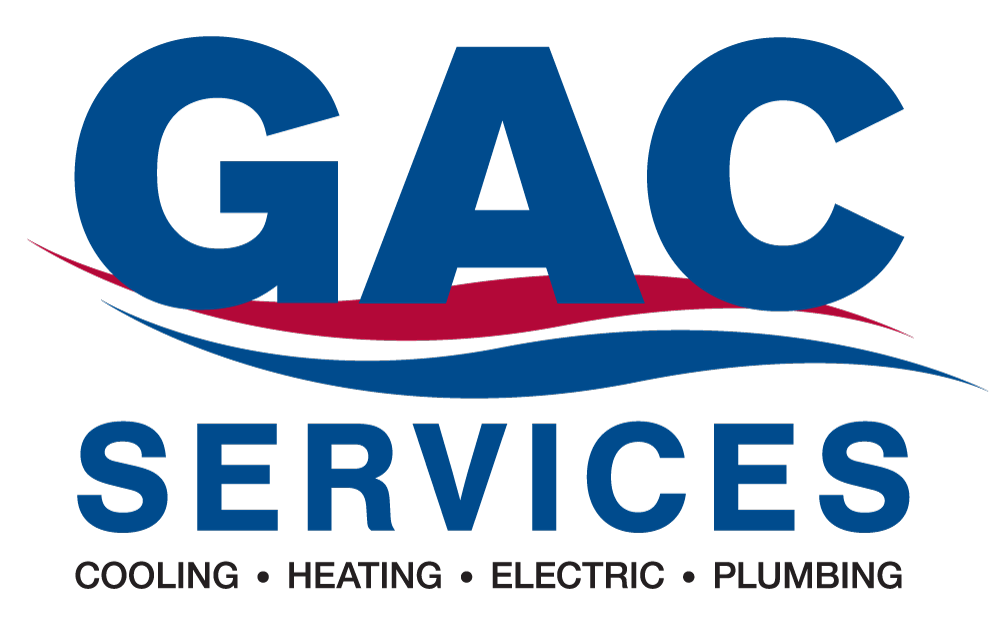Terms You Should Know Before Your Next AC Issue
If you’ve ever heard an HVAC technician use industry jargon you didn’t understand, it’s time to brush up on most important air conditioning vocab. With the following terms in mind, you’ll be a more educated consumer when it comes time to buy a new air conditioner or have maintenance performed on your existing system.
AC Vocab Every Homeowner Needs to Know
- The condensing coil is located in the outdoor portion of an air conditioner. This is where hot air is released to the exterior. At this point in the air conditioning cycle, the refrigerant is a liquid capable of absorbing more heat as it cycles back through the system.
- The compressor is located in the condensing unit. This component is largely responsible for all the noise you hear when the air conditioner runs. It raises the refrigerant’s temperature and pressure as it circulates through the system.
- The expansion device is positioned immediately in front of the evaporator coil. When refrigerant passes through this device, the pressure created by the compressor is released.
- The evaporator coil is the biggest indoor component of an air conditioner. This is where heat is picked up from indoor air before it’s sent to the condensing coil to be exhausted to the exterior. From here, the cycle repeats over and over to supply a continuous flow of cool air into your home.
- EER stands for Energy Efficiency Ratio, a rating given to window air conditioners. It’s a measure of the unit’s efficiency at a given temperature. Look for 11.6 EER or higher for the greatest efficiency.
- SEER stands for Seasonal Energy Efficiency Ratio, the rating given to central air conditioners. It’s a measure of the unit’s efficiency averaged out over the entire season. Look for 14 SEER or higher for the greatest efficiency.
- Refrigerant, also called coolant, is the fluid that cycles through the system, making air conditioning possible. Older air conditioners use R-22 refrigerant, also known as Freon, though a mass phase out began in 2010. Look for R-410A refrigerant, or Puron, when shopping for a new air conditioning system. This version of refrigerant is more environmentally friendly and is the most commonly used replacement for R-22.
- Refrigerant charge refers to how much coolant is in the system. Every time a technician stops by to maintain your air conditioner, you’re likely to hear about the refrigerant charge. The correct charge is needed for peak efficiency, and a leak or incorrect charge at installation can greatly reduce performance and raise your energy bills.
- Btu stands for British thermal unit. This is the amount of heat it takes to raise the temperature of one pound of water by one degree. Air conditioner capacity is rated by how much heat it can remove, which is measured in Btu/hour. For example, a two-ton central air conditioner can remove heat at a rate of 24,000 Btu/hour. Knowledge of a system’s capacity is essential when upgrading your air conditioner so you can size it correctly for optimal home comfort and efficiency.
Air Conditioning Professionals in Gaithersburg, Maryland
If you need an AC contractor in Gaithersburg or the surrounding area, call GAC Services. Even if you are unsure what any of the above words mean or do, we can help you every step of the way to bring you cool air in your Maryland home.
Give us a call or contact us online to schedule service!


